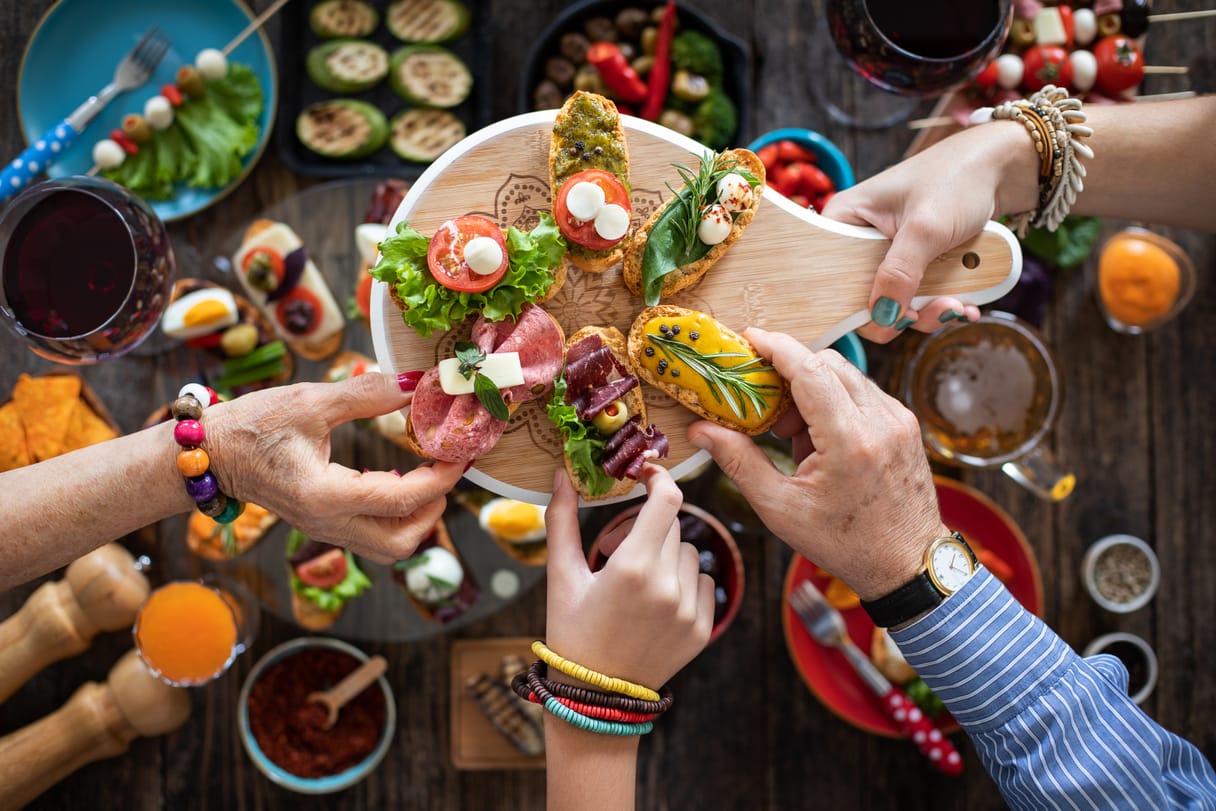Overcoming guests' changing behaviors
Plus: Weight-loss meds impact on the restaurant industry | Q3 earnings show slowing momentum
• public
What do diners value the most? New research suggests “time well spent” may now matter more than the cost of dining out. At the same time, GLP-1 medications are reshaping portion sizes, check averages and menu strategy. The challenge ahead isn’t just managing margins, it’s redefining hospitality for a guest whose appetite, expectations and behavior are changing in real time.
But first, the Independent Restaurant Coalition is urging federal action on immigration issues.

Class act. Taco Bell’s education incentives have driven employee retention.
Coming in hot. Canadian chain aims to fill upscale-casual void in U.S. dining.
Pure imagination. The world’s most viral pastry chef goes full Wonka in France.
On a roll. Move over ham and cheese, creative savory croissants are trending.
Med dash. A look at four Mediterranean-inspired brands growing in Cava’s shadow.

The Ozempic effect: How GLP-1s are rewriting the rules of dining out
The rise of GLP-1 medications like Ozempic and Wegovy is reshaping dining-out behavior. Reduced appetites among some diners are prompting restaurants to shrink portion sizes, redesign menus with more protein and fiber, and rethink the guest experience as spending and consumption patterns shift.
Why it matters: For restaurant owners, this trend signals more than a niche audience—it's a systemic shift in how people dine out. When portions shrink and guests order fewer sides or drinks, check averages drop. Proactively adapting via smaller plate options, menu redesign and experience enhancements can help protect margin and relevance in a changing marketplace. (Food & Wine)
Is time the new measure of value in restaurants?
According to the 2025 ChangeUp Experience Report, value in dining is shifting from overall cost to time well spent. The most impactful brands turn dining into a memorable environment and ritual. A $15 meal in 15 minutes that puts diners in a good mood beats a $5 plate in a lifeless space.
Why it matters: The guest experience: ambiance, sensory moments and meaningful rituals is now a core differentiator. With the economy squeezing price points and consumer attention spans shorter, investing in time-well-spent rather than just low price can build loyalty, justify higher checks and protect the brand from commoditization. (Modern Restaurant Management)
Earnings report for Q3 show slowing momentum for restaurants
Q3 earnings reports for public restaurant companies are expected to reflect a slowdown. Analysts note weaker demand in September, with casual-dining seeing a decline and quick-service down mid-teens. Some major chains may fare better, but overall sector pressure and consumer pull-back dominate the outlook.
Why it matters: The broader industry softness signals caution. Declining traffic and check size may signal that consumers are trimming dining out. Even independents should monitor trends: value positioning, menu engineering and cost control will be essential. These numbers offer an early warning of shifting guest behavior and competitive risk. (Nation’s Restaurant News)

3.7
The percentage menu prices have increased by since September 2024. (Nation’s Restaurant News)

The last Woolworth’s lunch counter reopens after major renovation
RaceTrac completes acquisition of Potbelly sandwich shop
What a restaurant owner really thinks about lingering diners
Pizza Hut closing half its U.K. restaurants
Chick-fil-A reveals first-ever vending machine
Thanks for reading today's edition! You can reach the newsletter team at editor@theprep.co. We enjoy hearing from you.
Interested in advertising? Email us at newslettersales@mvfglobal.com
Was this email forwarded to you? Sign up here to get this newsletter once a week.
The Prep is written by Kelly Dobkin and edited by Lesley McKenzie.
